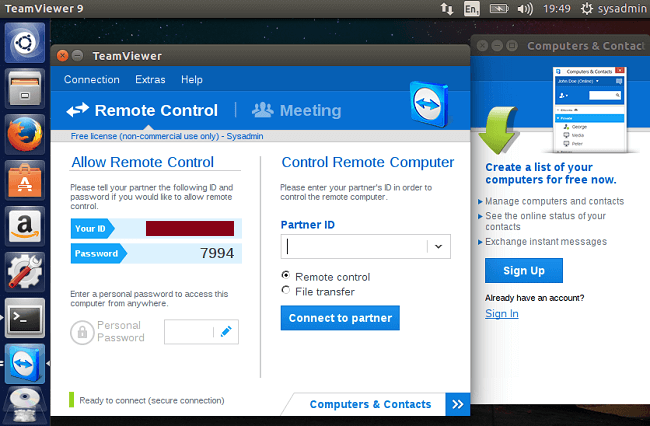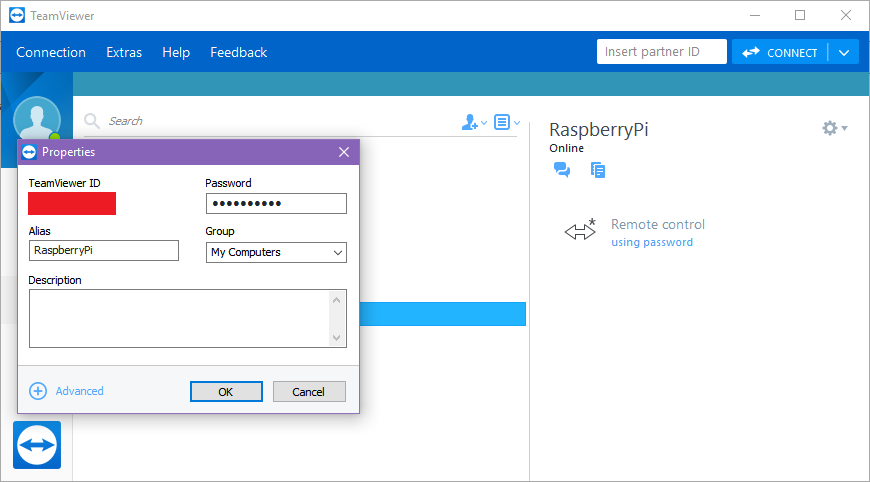
Since Wifi is often used in mobile devices, then this would mean that your battery keeps being drained, for those devices that support Wake On Lan over WiFi. The network card needs to be powered by your computer, even when the computer is in standby, and should be able to monitor network traffic on a defined port, so it can catch an incoming Magic Packet and see if it’s intended for this computer (MAC address). To enable Wake on Lan, your network card (or WiFi card) needs to be Wake On Lan compatible – and not all of them are (especially very cheap or “older” network cards).


While the NIC (network interface controller) is listening, a lot of traffic might pass that might not even be intended for this network connection, so just listening to network traffic would keep your network device awake even when you don’t want it to be awake. To be able to use Wake On Lan, yoru computer requires the network card of this device to be semi-awake, and still listen to traffic when the computer is in standby, just in case a “ magic packet” is being send to the device. There can be several motivations to do this save on power, save on the environment, save on wear-and-tear of your equipment, etc. WOL is probably most commonly used to wake up a server or NAS, just before access to these machines is needed – for example a media server, which can sleep all day long until you want to watch a movie.


This means for example your home network. Wake On LAN, or WOL, is a Ethernet standard that allows you to “wake up” computers or network devices that are in stand-by, and is originally intended for use in a local network.


 0 kommentar(er)
0 kommentar(er)
